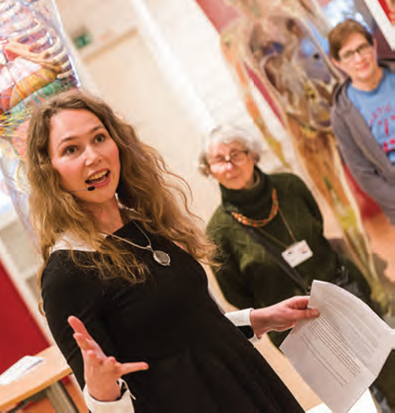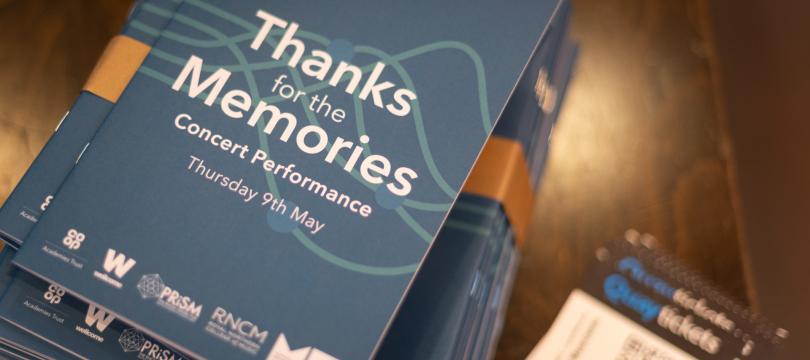Dance for Parkinson's
Our research found that dance encourages fluid movement that releases tension, gives respite from tremors and improves balance and stability.

University of Roehampton
Parkinson’s attacks people’s ability to move voluntarily: muscles become rigid, tremors develop and movement and thought slow down. Falls, mental illness and social isolation are accompanying problems. There is no cure and medication becomes unreliable over time. Our research found that dance encourages fluid movement that releases tension, gives respite from tremors and improves balance and stability. We discovered that dance can also be beneficial to people with Parkinson’s because it creates social networks and develops well-being through communal activity. This project was developed to help articulate the importance of dance for people with Parkinson’s to support groups, health professionals, charities, dance teachers and arts funding bodies, as well as individuals who have not had access to such support networks. We have involved the wider dance community to help develop pedagogy in this specialist, emerging area, have facilitated evaluative and reflective discussions for Parkinson’s teachers in the UK, USA, Germany and Australia, including for our partner English National Ballet (ENB), who commissioned the original research.
Specifically the project project consists of:
- Public talks for people living with Parkinson’s and health professionals, in which they also danced led by an ENB teacher
- Sharing resources, such as our research reports, for dance class funding applications and advocacy for dance’s benefits
- Facilitating regular discussion and reflection sessions on best practice for dance for Parkinson’s teachers
- Co-delivering continuing professional development (CPD) workshops for dance teachers in partnership with the dance for Parkinson’s teachers’ network
- Liaising with journalists to create media coverage on dance’s benefits for those isolated from support and networks
- Liaising with Parkinson’s UK and the teachers’ network to help create a long-term strategy for development of classes
To assess whether our project is making a difference, we are counting the numbers applying to specialist classes in Britain as a result of our engagement with them and assessing the interest via forums and other correspondence. We are talking regularly to the network of dance for Parkinson’s teachers at CPD workshops, also noting whether there is an increase in numbers at these events. In addition, we are observing dance classes and analysing participant reaction to assess the quality of the sessions. We evaluate and reflect on our processes by discussing our effectiveness or otherwise with the dance teachers, who operate at grassroots, and with their participants. The project has worldwide reach as international dance organisations have used the research to advocate for dance’s benefits. Other resources include an article for dance teachers in the industry journal Animated, a research bibliography for CPD workshops, recordings of two BBC films and an open access article in Arts & Health which was cited by Arts Council England within its 2014 report to inform national strategy for evidencing value of the arts.

